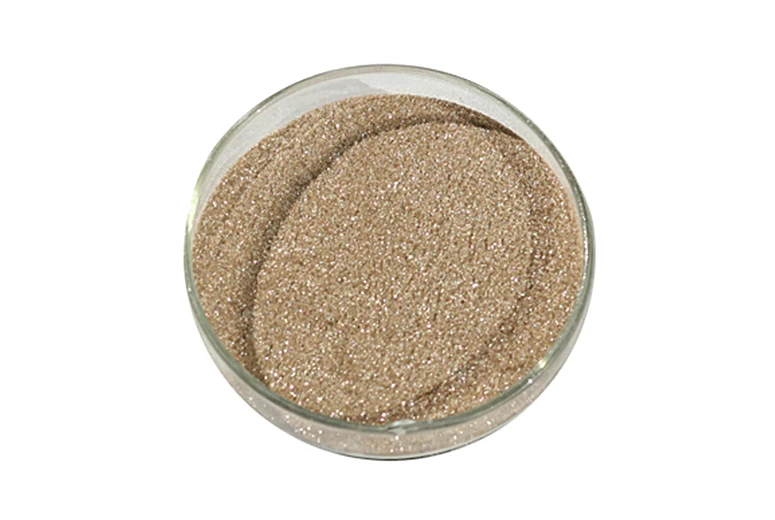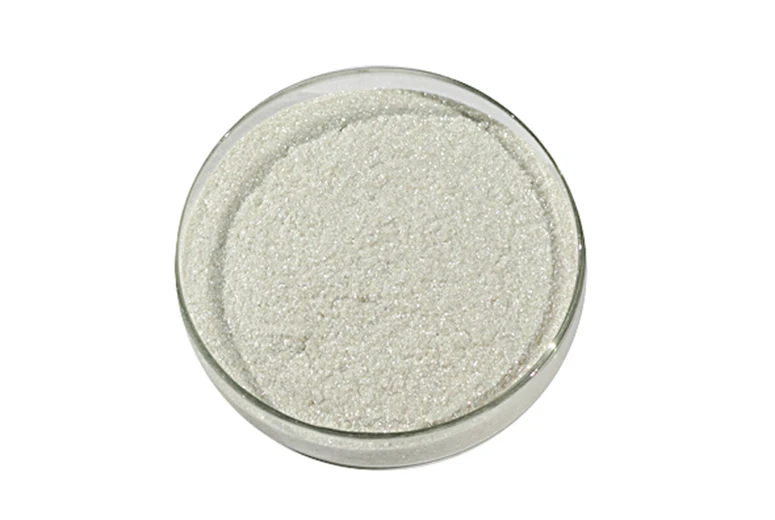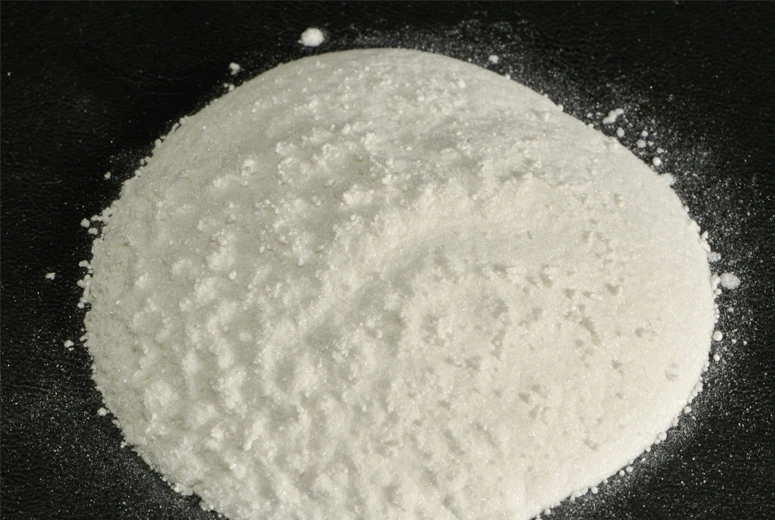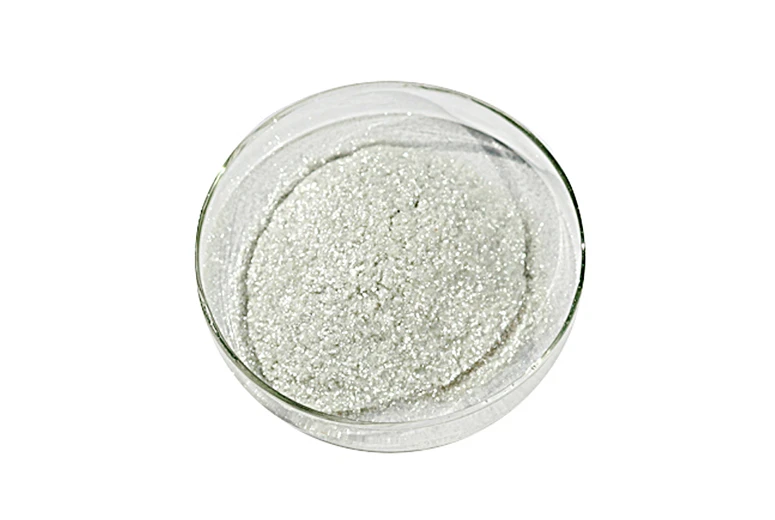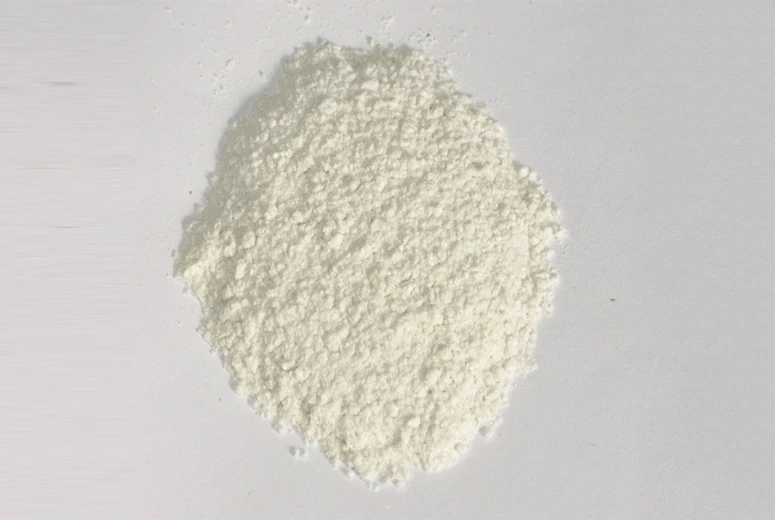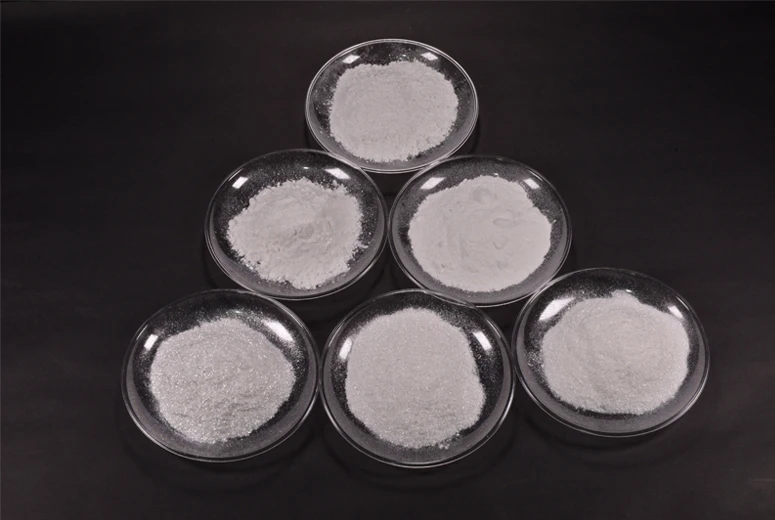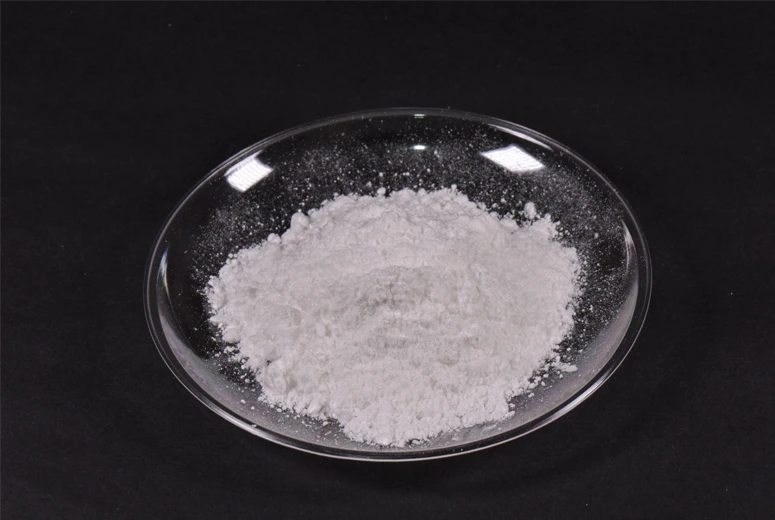Thermal Conductivity of Bulk Mica Powder
The thermal conductivity properties of bulk mica powder have become increasingly important for applications in electronics, construction, and advanced materials. As a naturally occurring mineral, muscovite mica powder exhibits unique thermal management characteristics that make it valuable for both insulating and heat dissipation applications. The anisotropic nature of muscovite powder creates distinctive thermal transfer properties that vary between its planar and perpendicular orientations. When processed into bulk mica powder, these thermal characteristics can be engineered to meet specific application requirements through particle size control and compaction methods. The growing demand for efficient thermal management solutions has driven renewed interest in the fundamental heat transfer properties of muscovite mica powder and its performance in various composite formulations. Understanding these thermal properties of bulk mica powder enables engineers and material scientists to optimize its use in thermal interface materials, electrical insulation, and high-temperature applications.
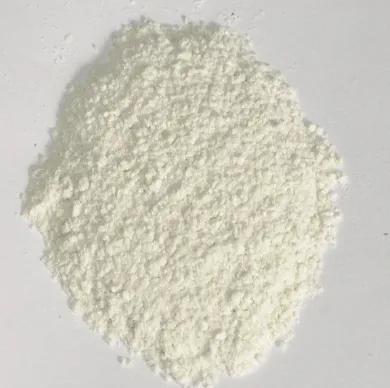
Fundamental Thermal Properties of Muscovite Mica Powder
The thermal behavior of muscovite powder stems from its crystalline structure and chemical composition, which differ significantly from other insulating materials. Muscovite mica powder demonstrates anisotropic thermal conductivity, with values typically ranging between 0.35-0.55 W/m·K along the cleavage planes and significantly lower perpendicular to them. When processed into bulk mica powder, these inherent properties are modified by particle size distribution, packing density, and the presence of any binders or additives. The layered structure of muscovite powder creates natural barriers to heat transfer while still allowing effective in-plane thermal diffusion. Compared to other mineral fillers, bulk mica powder offers a unique combination of thermal stability and electrical insulation that makes it particularly valuable for electronic applications. The thermal conductivity of muscovite mica powder remains stable across a wide temperature range, from cryogenic conditions up to its decomposition point around 700-800°C, unlike many synthetic materials that degrade at lower temperatures. These consistent thermal properties make bulk mica powder a reliable choice for applications requiring long-term performance under thermal cycling conditions.
Factors Influencing Thermal Performance in Bulk Mica Powder
Several critical factors determine the effective thermal conductivity of muscovite powder in practical applications, requiring careful consideration during material selection and processing. The particle size distribution of bulk mica powder significantly impacts heat transfer characteristics, with finer grades typically demonstrating lower thermal conductivity due to increased interfacial resistance between particles. The compaction pressure applied to muscovite mica powder affects both density and particle orientation, which in turn modify the bulk thermal properties in predictable ways. Moisture content represents another important variable for bulk mica powder, as absorbed water can dramatically alter thermal performance through changes in both conduction and interfacial heat transfer mechanisms. The presence of impurities in muscovite powder, particularly metallic inclusions, can create localized thermal bridges that affect overall conductivity measurements. When incorporated into composite materials, the interfacial bonding between bulk mica powder and matrix materials becomes another critical factor determining system-level thermal performance. Understanding these variables allows engineers to precisely tailor the thermal characteristics of muscovite mica powder for specific applications ranging from high-voltage insulation to thermal interface materials.
Measurement Techniques for Muscovite Powder Thermal Conductivity
Accurately characterizing the thermal conductivity of bulk mica powder requires specialized measurement approaches that account for its unique material properties. The transient plane source (TPS) method has proven particularly effective for measuring muscovite mica powder because it can accommodate the anisotropic nature of the material and provide both in-plane and through-plane conductivity values. Guarded hot plate systems are commonly employed for bulk mica powder testing when larger sample sizes are available, providing steady-state measurements under controlled temperature gradients. For quality control purposes, comparative methods using reference materials can quickly assess batch-to-batch consistency in muscovite powder thermal performance. Advanced techniques like laser flash analysis have been adapted to measure the thermal diffusivity of compressed bulk mica powder samples, which can then be converted to conductivity values using known heat capacity data. These measurement approaches must account for the natural variability in particle orientation within muscovite mica powder samples and the potential presence of air gaps in uncompressed material. Standardized testing protocols have been developed specifically for bulk mica powder to ensure reproducible results that accurately reflect material performance in real-world applications.
Applications Leveraging Thermal Properties of Bulk Mica Powder
The unique thermal characteristics of muscovite powder enable its use in diverse applications where controlled heat transfer is essential. In electrical insulation systems, bulk mica powder provides both thermal management and dielectric properties that protect components from overheating while maintaining electrical isolation. Thermal interface materials incorporate muscovite mica powder to enhance heat spreading capabilities while preserving electrical insulation between components. High-temperature gaskets and seals utilize bulk mica powder for its ability to maintain consistent thermal performance under extreme conditions where organic materials would degrade. The construction industry employs muscovite powder in fire-resistant coatings and insulating materials that must withstand prolonged heat exposure without structural failure. Advanced composite materials combine bulk mica powder with polymers or ceramics to create tailored thermal management solutions for aerospace and automotive applications. In each of these applications, the anisotropic thermal conductivity of muscovite mica powder is carefully engineered through particle size selection, orientation control, and composite formulation to achieve optimal performance characteristics.
Muscovite Mica Powder FAQs
How Does Particle Size Affect Thermal Conductivity of Bulk Mica Powder?
Smaller particle sizes in muscovite powder generally decrease thermal conductivity due to increased interfacial resistance, while larger flakes maintain more of the natural crystalline heat transfer pathways.
What Temperature Range Can Muscovite Mica Powder Withstand?
Bulk mica powder maintains stable thermal properties from cryogenic temperatures up to approximately 700-800°C, where decomposition begins to affect performance.
How Does Moisture Impact Thermal Performance of Muscovite Powder?
Absorbed moisture significantly alters the thermal conductivity of bulk mica powder by creating additional heat transfer pathways and potentially promoting particle-particle contact.
Can Muscovite Mica Powder Be Used in Electrical Insulation?
Yes, the combination of moderate thermal conductivity and excellent electrical insulation makes bulk mica powder ideal for applications requiring both heat management and electrical isolation.
How Is Anisotropic Thermal Conductivity Managed in Bulk Mica Powder Applications?
Engineers control particle orientation through processing techniques to either maximize or minimize directional heat transfer in muscovite powder depending on application requirements.
For high-quality bulk mica powder with consistent thermal properties, visit our website to explore our range of muscovite mica powder products. Our technical team can provide detailed thermal conductivity data and help you select the optimal muscovite powder grade for your specific application requirements. Contact us today to request samples and technical specifications, and discover how our bulk mica powder solutions can enhance your thermal management systems with reliable, high-performance mineral solutions. Let us show you why leading manufacturers trust our muscovite mica powder for their most demanding thermal applications.
-
Storage Conditions to Maintain Blue Mica Flakes QualityNewsAug.08,2025
-
Storage Conditions to Maintain Mica Powder for Resin QualityNewsAug.08,2025
-
Shimmering Effects: Synthetic Mica Glitter vs Other GlittersNewsAug.08,2025
-
Safety Standards for Working with Mica DustNewsAug.08,2025
-
Color-Fastness of Mica Pigment PowderNewsAug.08,2025
Products categories


